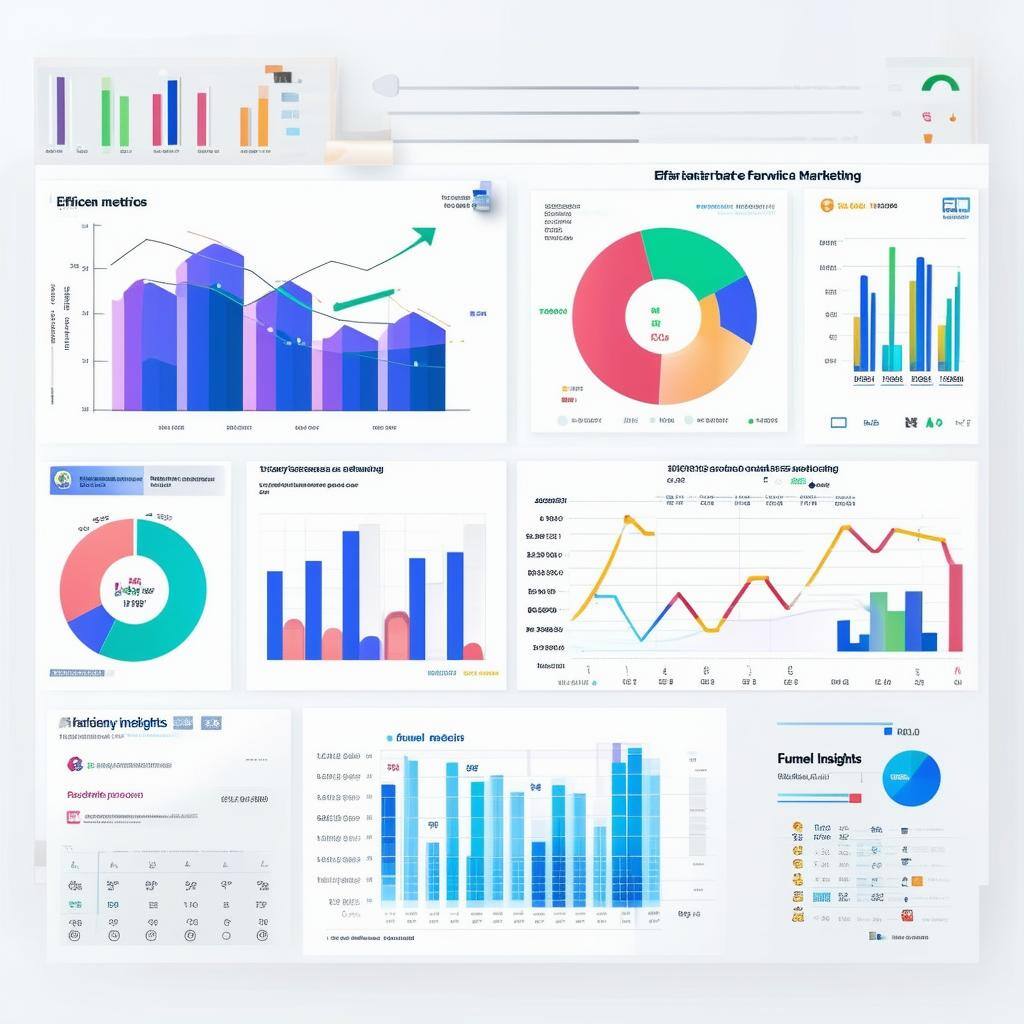Pressure Doesn’t Break Teams, It Reveals Them
Most managers believe the true test of a team’s strength is in the wins — the flawless launches, the big client closes, the quarters where everything clicks.
But in reality, it’s the pressure moments that reveal what a team is truly made of.
When business priorities accelerate, markets shift, or goals feel just a bit out of reach, that’s when the hidden cracks start to show. It’s not about blame — it’s about clarity. Pressure works like air in a tire: it exposes whether your team is truly airtight, or whether there are slow leaks you couldn’t see before.
The Tire Analogy: Why Teams Leak Under Pressure
From the outside, a tire can look perfectly fine. You pump it up, glance at it, and assume you’re good to go. But hit a rough patch of road, and suddenly you know if that tire was ready — or if it starts slowly losing air.
Teams work the same way.
-
Communication gaps surface when the pace quickens.
-
Processes that looked efficient in calm waters fall apart in the rapids.
-
Skill sets that were “good enough” yesterday struggle to meet tomorrow’s demands.
Pressure doesn’t create these issues. It reveals them.
Why This Matters for Leaders
As a manager, you may think you’ve built a strong team. But the truth is, you won’t know until the pressure hits. And when it does, you have a choice:
-
Ignore the leaks and hope things hold together.
-
Or treat the moment like a diagnostic — a chance to strengthen the team where it matters most.
I've seen this dynamic play out often with our clients. Business growth isn’t linear, and when new demands or complexity pressurize a system, gaps surface. The strongest leaders use these moments to reinforce alignment, rebuild trust, and update processes, ensuring the team isn’t just patched but built for the long road ahead.
Pressure as a Catalyst for Growth
Pressure isn’t the enemy. It’s feedback.
It tells you where your team is strong and where they need support. It shows you which processes scale and which break. It highlights whether the culture you’ve built holds steady — or whether it buckles.
When leaders embrace that lens, pressure stops being a threat and becomes a catalyst. It’s not about avoiding the bumps in the road; it’s about using them to build a stronger, more resilient, and more prepared team for whatever comes next.
Key takeaway: Don’t just celebrate the smooth rides. Pay attention to how your team performs under pressure — because that’s when you’ll truly know if you’re built for the journey ahead.


